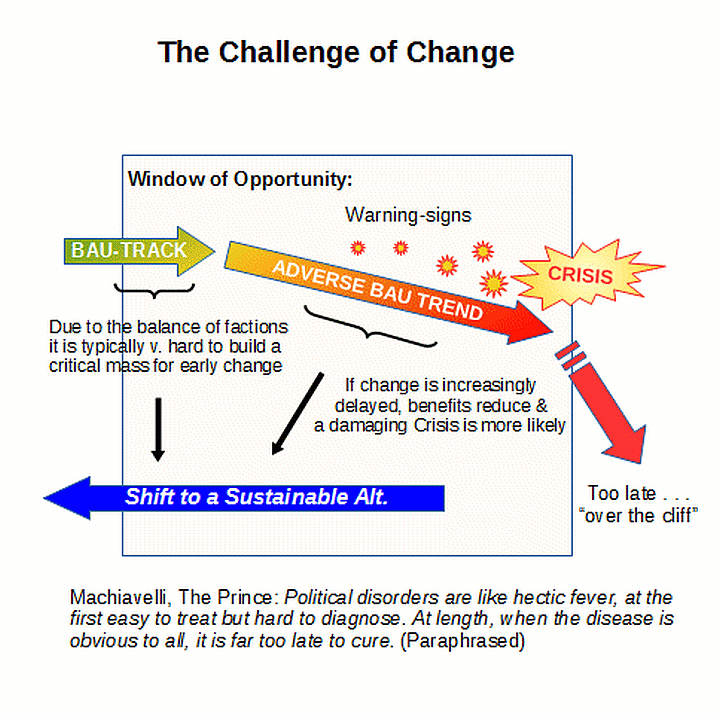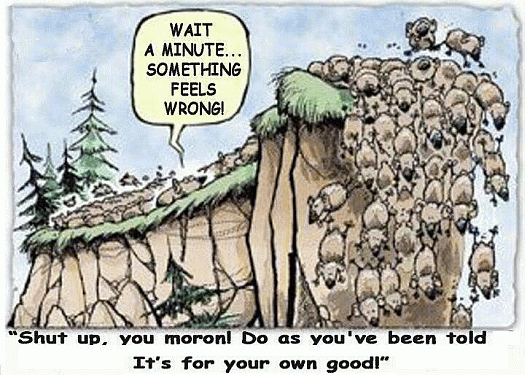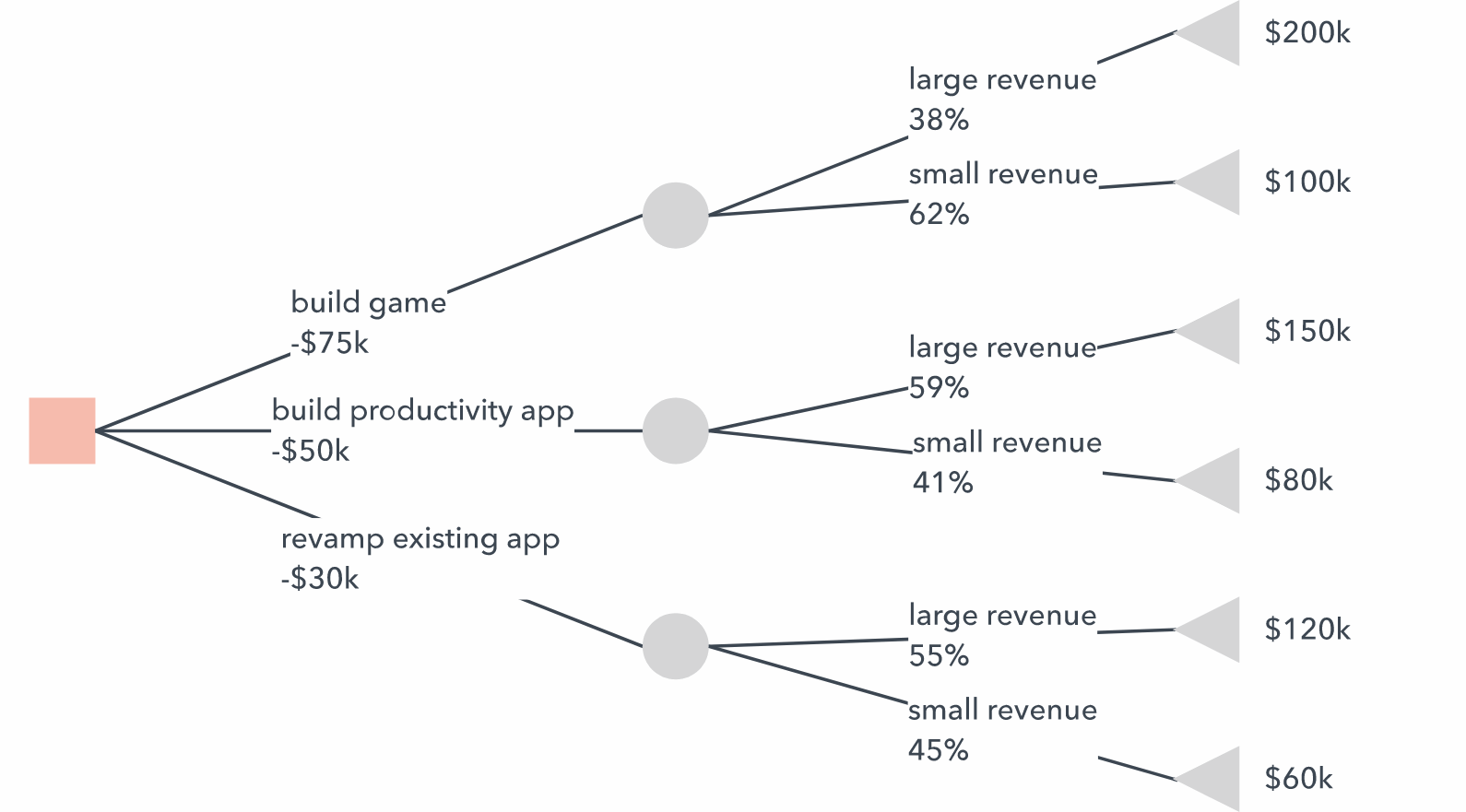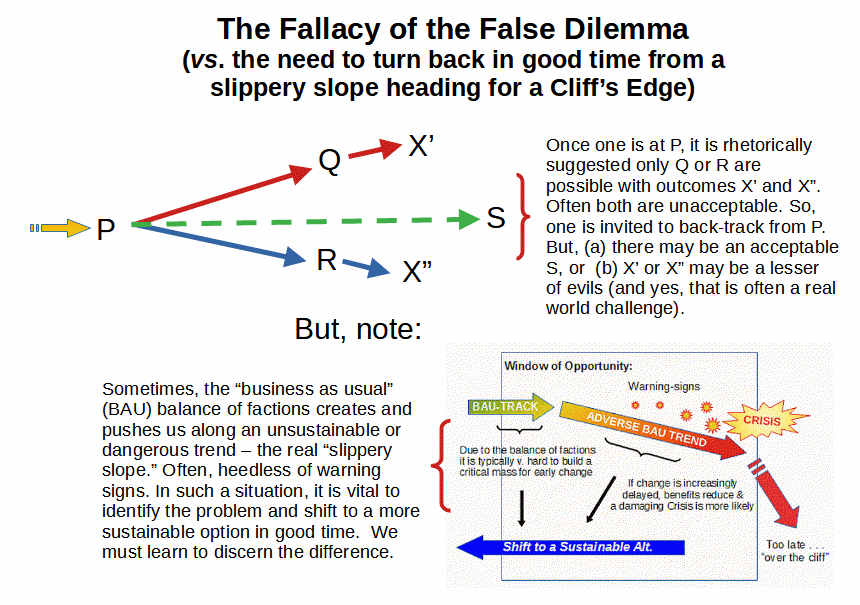In one of the classics, in the Minor Prophets, we read a strange-seeming tale:
Amos 5:18 Woe to you who desire the day of the LORD!
Why would you have the day of the LORD?
It is darkness, and not light,
19 as if a man fled from a lion,
and a bear met him,
or went into the house and leaned his hand against the wall,
and a serpent bit him.
20 Is not the day of the LORD darkness, and not light,
and gloom with no brightness in it? [ESV]
Switching metaphors, we can imagine being caught in a thorny thicket, or facing the horns of a many-pronged “multi-lemma” or even feeling that we have gone over a cliff, and are trying to cope with battered body and broken bones as well as loss of equipment. Seemingly, every way we turn, there is yet another horn or yet another thorny bush. We would then feel trapped, wondering, is there any good or al least least costly, least damaging, least painful way out of this?
Obviously, the first thing would have been to avoid or even avert such a situation:

After all, there is a price to be paid for allowing ourselves to be caught up in the [inaccurate!] metaphorical march of lemmings:

But, that may be too late (or, we may have been taken by surprise), the issue is to address the now problematique, thicket of mutually reinforcing dangers or difficulties. How do we break out of such a trap?
Decision theory, informed by game theory (and, sometimes, with Nature as the opposed player):

Here, we see a managerial decision tree, with decisional options and estimated outcomes, with estimated odds. The insertion of probabilities is where one injects the idea of a game played against nature, one makes a move (here, across three mutually exclusive options) and then faces Nature’s counter-move with expected values. From this sort of framework, one may estimate expected monetary values of outcomes and one may identify “black swan” type low probability, high adverse impact potential outcomes.
Black Swan Events, summarised by Wikipedia:
The black swan theory or theory of black swan events is a metaphor that describes an event that comes as a surprise, has a major effect, and is often inappropriately rationalized after the fact with the benefit of hindsight. The term is based on an ancient saying that presumed black swans did not exist – a saying that became reinterpreted to teach a different lesson after the first European encounter with them.[1]
The theory was developed by Nassim Nicholas Taleb starting in 2001 to explain:
1. The disproportionate role of high-profile, hard-to-predict, and rare events that are beyond the realm of normal expectations in history, science, finance, and technology.
2. The non-computability of the probability of consequential rare events using scientific methods (owing to the very nature of small probabilities).
3. The psychological biases that blind people, both individually and collectively, to uncertainty and a rare event’s massive role in historical affairs.
Taleb’s “black swan theory” refers only to unexpected events of large magnitude and consequence and their dominant role in history. Such events, considered extreme outliers, collectively play vastly larger roles than regular occurrences.[2]: xxi More technically, in the scientific monograph “Silent Risk”,[3] Taleb mathematically defines the black swan problem as “stemming from the use of degenerate metaprobability”.[3]
Of course, that assumes that one has enough information and insight to frame up a credible model. That brings in our bounded rationality and the possible need to buy time and if possible do experiments or simulations or elicitations that reduce or at least identify risks. Nor should we become overly tied to numbers, oftentimes cruder rankings or even an idea of the direction of a change or outcome might be good enough.
However, notice, that it is assumed that we are in a position to decide and act. Especially for organisations or communities, we may not be in a decision making or influencing position. Or, we may only be able to sense an approaching juggernaut and get out of its way. Or, we may have to join a counter-cultural movement of reformation or even refuge or outright flight.
And, sometimes, it is too late, we can go over a cliff irrecoverably. Europe, July 1914 comes to mind.
But what about arguments or thinking?
What we are looking at is the extension of the dilemma joined to, a stitch in time saves nine. The considerations in the last L&FP post are still relevant in cases where the horns multiply, of course, the complexity multiplies with that:

Is a dilemma real or fallacious? Is there a viable retreat if it is real? Is there an overlooked or suppressed option? Is one of the horns acceptable as a least of evils given our circumstances? And more.
So, let us ponder. END
PS: In arguments on Jesus, there is the rather famous Lewis-McDowell Trilemma, in effect, Lord, liar or lunatic. Often objectors pretend it is false, as the existence of Jesus or the credibility of the text are questionable, etc. But in fact, both Lewis and McDowell addressed the evidence of reality of the historical person, Jesus of Nazareth; which is utterly decisive (save to those who indulge crude selective hyperskepticism, even with a veneer of sophisticated scholarship). Second, the support for especially Luke-Acts undergirds authenticity of the Gospels and Epistles as C1 historical documents, and there is no good reason to doubt that he saw himself as Messiah and came to have disciples willing to bear peaceful witness to him (and to his resurrection) in the face of dungeon, fire, sword or worse. Their testimony changed the course of history.
